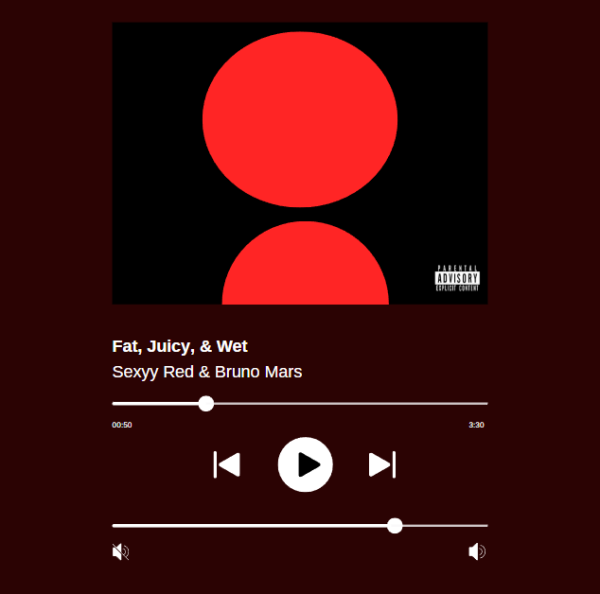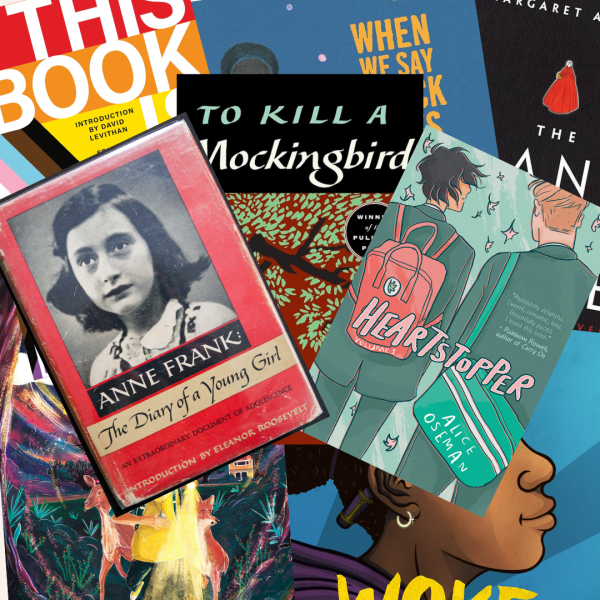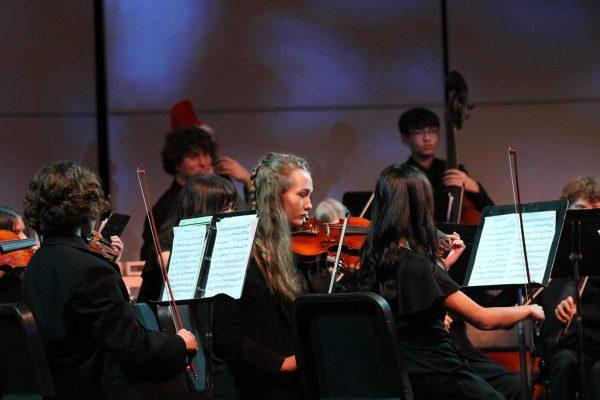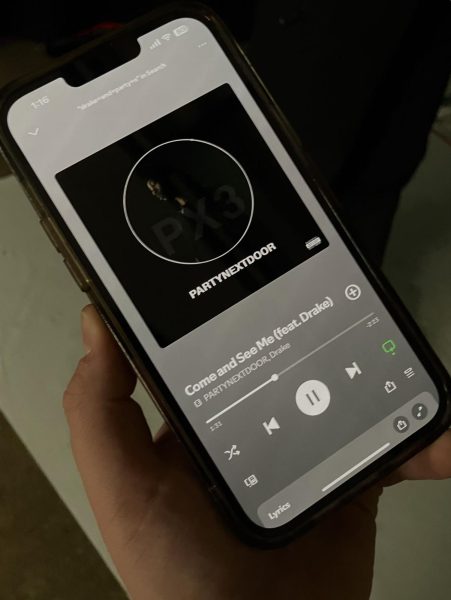This Can is still fresh
Can’s third studio album, “Ege Bamyasi,” turned 50 years old in 2022.
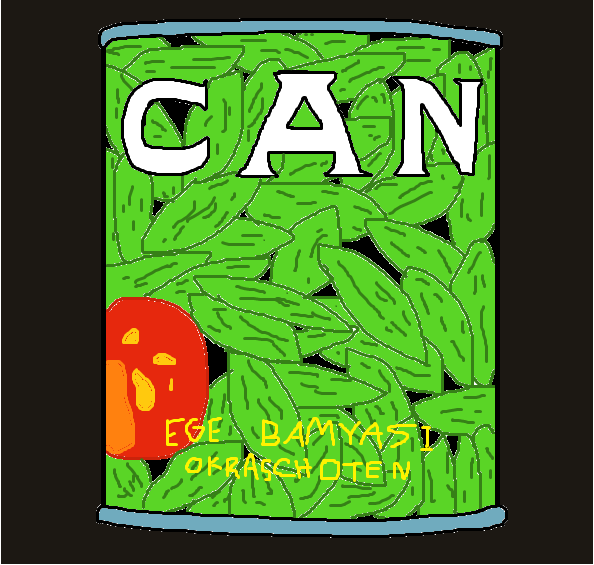
Can’s instrumentals really shine with creative bliss, but their lyrics are almost always completely nonsensical.
After obstacles, roadblocks, and chess games, the members of German rock band Can fought hard and recorded one of the most praised and influential albums of the 1970s. Even half a century later, Can’s weird, outlandish, and alien music is still widely listened to around the world. Songs from the album have been covered, sampled, and remixed by tons of popular artists and even featured in movies and TV shows. With a possible reissue in the works, “Ege Bamyasi” is bound to be discovered by new music fans.
The music of Can manages to be unsettling, chaotic, and mysterious while also sounding catchy, groovy, and danceable. “Ege Bamyasi” in particular reaches the point where the music feels completely natural. It flows, progresses, runs, and just doesn’t stop.
Can was formed in 1968 in Cologne, Germany as part of the Krautrock movement. The core members consist of guitarist Michael Karoli, drummer Jaki Liebezeit, keyboardist Irmin Schmidt, and bassist Holger Czukay. Their original vocalist, American sculptor, Malcolm Mooney, had left the band after their first album, “Monster Movie.” In 1970, the band found Japanese traveler, Damo Suzuki, busking outside a café in Munich. They liked his singing and asked him to play a show with them that night. He agreed, and after the show, he became a full member of the band. They recorded a few songs with him that ended up on the compilation album, “Soundtracks,” their second studio album, “Tago Mago,” their fourth studio album, “Future Days,” and of course, “Ege Bamyasi.”
Can grouped up in an abandoned cinema in Weilerswist, Germany, where they lived part-time and recorded “Ege Bamyasi.” Recording sessions were tough, as the band was pressed for time and United Records told them that they didn’t have enough material for an album. As a result of this, Can had to put their previous single, “Spoon,” on the record, and improvised an entire 10-minute track, which became “Soup.”
Despite being somewhat rushed, “Ege Bamyasi” still sounds cohesive and has an overall unique aura to it. Every song has its own identity and stands out from the others while still managing to fit into the comprehensive theme of the album. While Can’s previous album, “Tago Mago,” sounds more like it was recorded in a giant, empty warehouse, “Ege Bamyasi” sounds closer to the listener. The music on “Ege Bamyasi” is quite repetitive, and although most would consider this a negative thing, Can uses it to their advantage. By creating a tight-knit groove, the tracks pull the listener in and demand your full attention, almost like they’re locking you in a trance. This isn’t the type of music that’s used as good background noise while you wash the dishes, it’s better to listen to while sitting down in front of a turntable.
The band’s instrumentals really shine with creative bliss, but their lyrics are almost always completely nonsensical. Suzuki’s voice is by far the most unique that I’ve heard in music. He’s known for improvising all of his lyrics, which means that they don’t always make sense. When Can would perform or improvise new songs live, Suzuki would make up all of the words on the spot instead of writing them down on paper. He either sings really low to the point where it sounds like he’s whisper-rapping, or he screams his lungs out. His lyrics are both in English and sometimes in Japanese, but no matter what language he sings in you can barely understand what he’s saying. This doesn’t have to do with the production, his vocals are very audible, it’s really just the way he sings. Suzuki’s melodies are, however, quite pleasing to the ears.
Every instrument on the album is pretty audible, especially the drums. Can are very drum-centric. Without Liebezeit’s percussion, Can would’ve never worked as a band. His rhythms are absolutely essential to the music, especially on “Ege Bamyasi.”
“Pinch” opens the album like an Olympic runner sprinting down the track. It never slows down or loses momentum. It’s very frantic and although it does quiet down at some parts, it never loses speed. Every member shines like the sun on this track, and you can tell they have a complex understanding of their instruments.
“Sing Swan Song” has a very chill and almost meditative vibe. It’s a nice breather after the hyperspace opener. This might be the most beautiful song on the album, especially when all the instruments swirl together at the end.
“One More Night” is also pretty relaxed and has a bossa nova vibe. Schmidt’s keyboard carries the track and is a nice foundation for the track. This is probably the most repetitive song on the album. This isn’t really a bad thing because it keeps a steady groove that locks the listener into the music.
“Vitamin C” might be Can’s most well-known song, and for good reason. Liebezeit’s drum work is nothing short of astounding. The way he manages to play the kick drum part in tandem with the rest of the kit is amazing. At the end of the song, he changes the sound of his kick drum from loud and thumping, to quiet and subdued, which takes a lot of talent and skill to do.
“Soup” is by far one of the heaviest and most terrifying songs I’ve ever heard in my life. It starts off very quiet, then escalates to a distorted funk jam, then quiets down again to a robotic pulse, then explodes into an avant-garde crescendo that sounds like a hurricane storming through the gates of Hell. This is the track that they improvised at the last minute, they played this live! I still have no idea how they managed to make their instruments sound like air raid sirens and buzzing chainsaws. If you ever want to scare the absolute crap out of your neighbors and local trick-or-treaters on Halloween, play this song full blast out of speakers on your front lawn. No one will come near your house.
“I’m So Green” is a very playful funk-jazz track. As much as Can likes to make long, crazy experimental explorations, they also have a goofy side. They don’t take themselves very seriously on this song, which is all to the benefit of it.
“Spoon” closed the album and was at the time, Can’s most successful song. This track features Liebezeit playing acoustic drums along with a drum machine simultaneously, which was very uncommon at the time. Can be one of the first bands to do this. It’s a nice, catchy song to close the album.
I would recommend this to anyone who likes experimental music or anyone who wants to listen to something different. If you don’t like music that’s repetitive and really weird then this album might not be up your alley, but give it a try anyways because you may end up loving it. If you like “Ege Bamyasi,” check out the other Can albums “Tago Mago” and “Future Days.” The other Krautrock bands from this era such as Amon Düül II, Faust, Neu, and Kraftwerk are awesome as well, but they all sound very different from each other.
Rating
9.8 / 10
“Ege Bamyasi” is available on streaming platforms like Spotify, Apple Music, Bandcamp, Soundcloud, and Amazon Music. It’s also available on vinyl and CD.
Your donation will support the student journalists of West Linn High School. Your contribution will allow us to continue to produce quality content by purchasing equipment, software, and continuing to host our website on School Newspapers Online (SNO).

![Reaching out. Christopher Lesh, student at Central Catholic High School, serves ice cream during the event on March 2, 2025, at the Portland waterfront. Central Catholic was just one of the schools that sent student volunteers out to cook, prepare, dish, and serve food. Interact club’s co-president Rachel Gerber, junior, plated the food during the event. “I like how direct the contact is,” Gerber said. “You’re there [and] you’re just doing something good. It’s simple, it’s easy, you can feel good about it.”](https://wlhsnow.com/wp-content/uploads/2025/03/interact-1-edited-1200x744.jpg)













































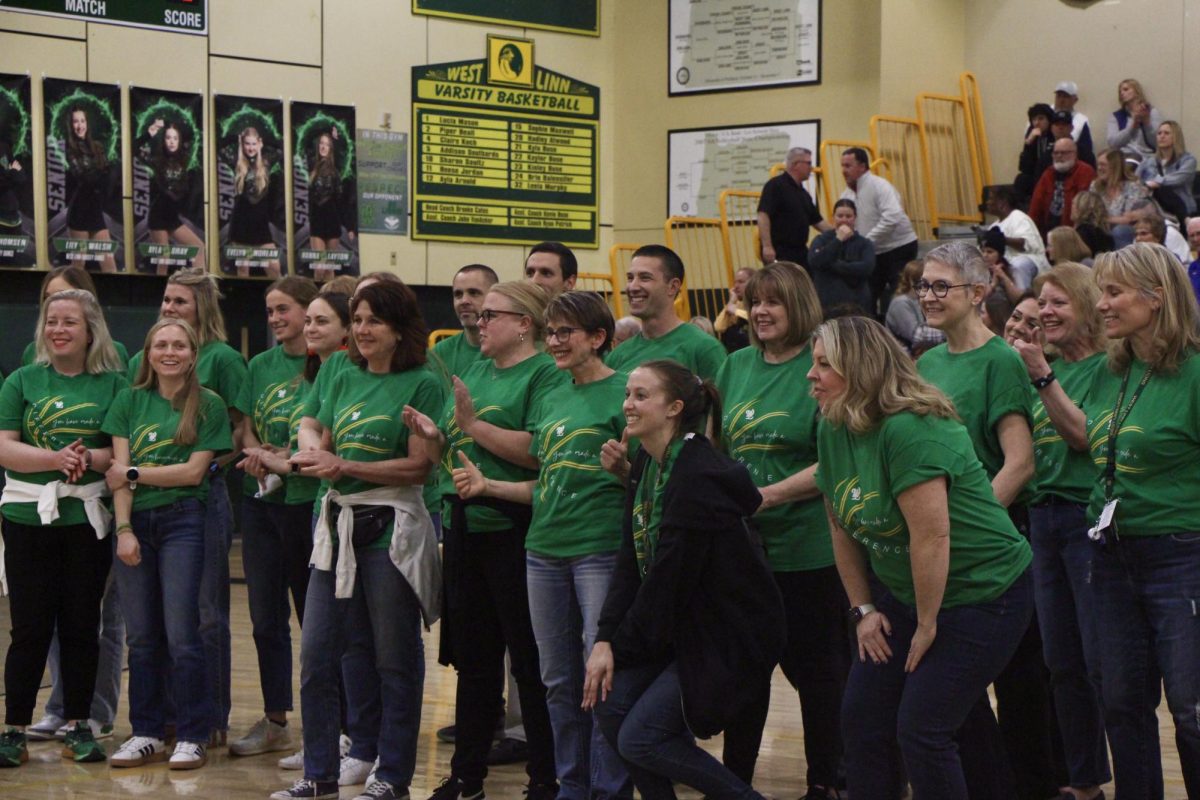
















![At the bottom of the third inning, the Lions are still scoreless. Rowe stands at home plate, preparing to bat, while Vandenbrink stands off to the side as the next batter up. Despite having the bases loaded, the team was unable to score any runs. “It’s just the beginning of the season. We’re just going to be playing out best by June, [and] that’s where champions are,” Rowe said.](https://wlhsnow.com/wp-content/uploads/2024/03/IMG_3077-1200x900.jpg)



















































